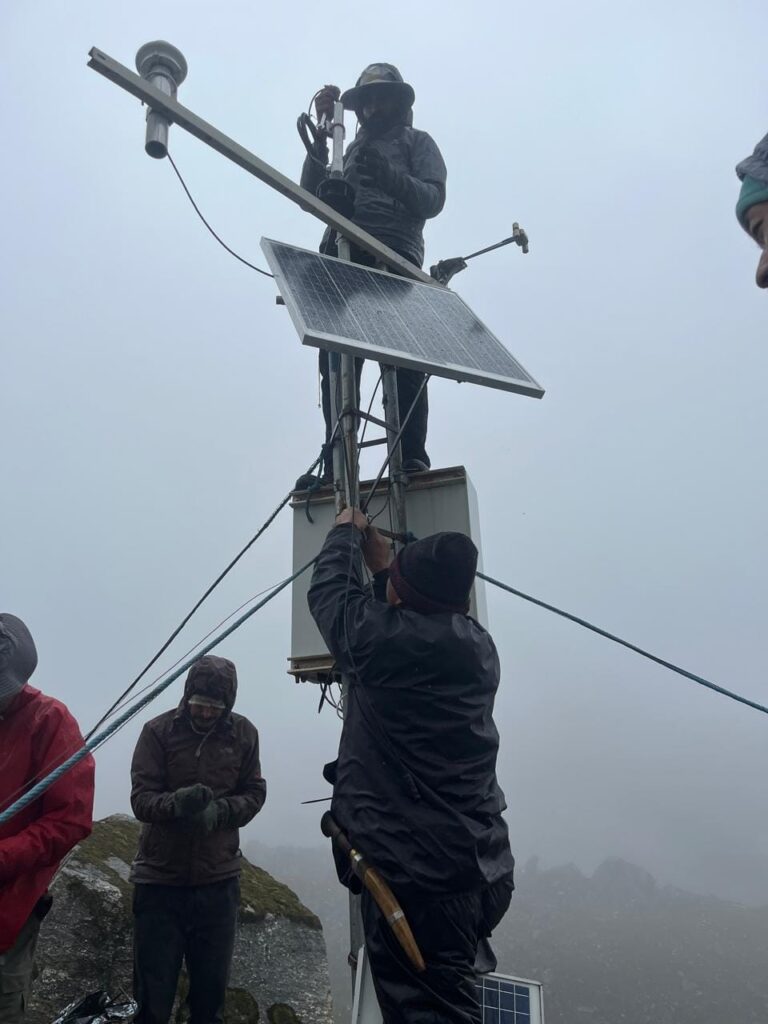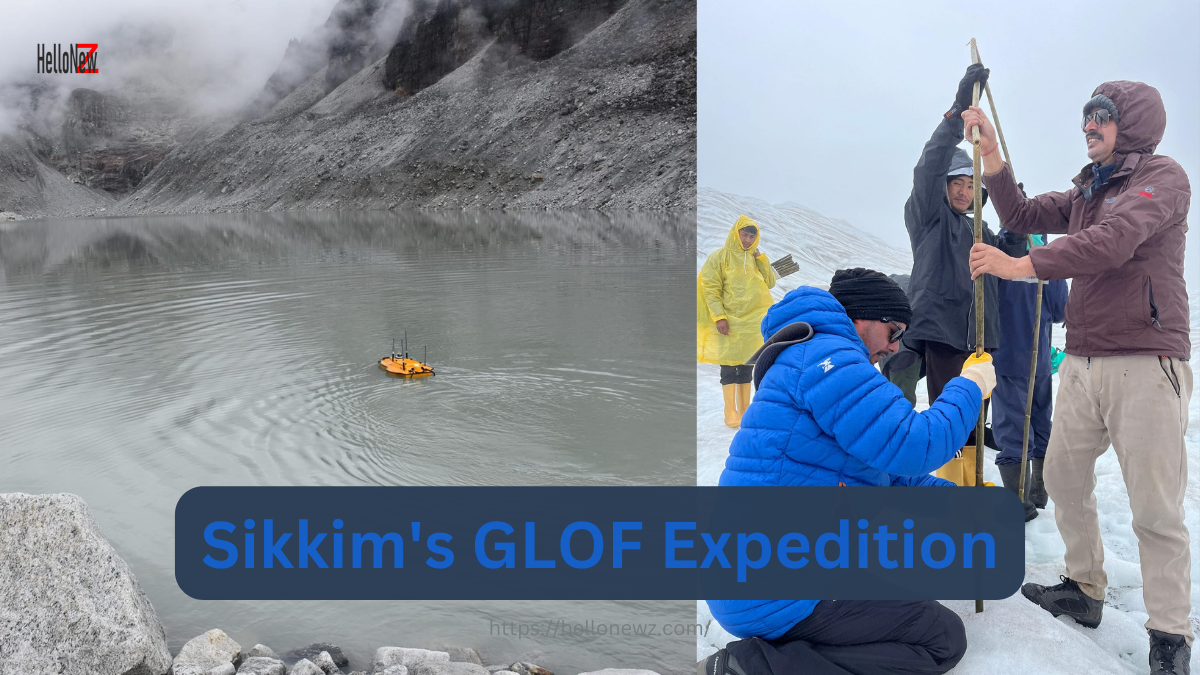Understanding Glacier Dynamics and GLOF Risk in Sikkim: A Scientific Expedition
In a significant stride towards understanding and mitigating glacial lake outburst flood (GLOF) risks in the Indian Himalayas, the Science and Technology Department of the Government of Sikkim recently concluded a groundbreaking expedition to the East Rathong Glacier. Spanning from June 22 to July 4, 2024, this scientific endeavor aimed to assess glacier dynamics and the potential threats posed by glacial lakes in the region.
What is a GLOF?
Glacial Lake Outburst Flood (GLOF) refers to a sudden release of water from a glacial lake, often triggered by the breach of natural dams made of ice, moraine (glacial debris), or bedrock. This phenomenon can lead to devastating downstream flooding, posing significant risks to communities and infrastructure situated in the path of these waters.
Expedition Highlights and Scientific Insights
The expedition was meticulously planned and executed by a team of dedicated scientists and researchers, focusing on two main objectives:
- Glacier Dynamics Study: Led by Dr. R.K. Sharma, the team conducted detailed investigations into the East Rathong Glacier’s behavior. This included monitoring glacier velocity, vertical retreat, and the hydrology of glacier meltwater streams. These measurements are crucial for understanding how glaciers are responding to climate change and their impact on downstream water resources.
- Glacial Lake Assessment: Dr. Narpati Sharma’s team pioneered the use of an unmanned survey vehicle (USV) to conduct bathymetric surveys at Tikip La, Bhaley Pokhari, and Rathong Lake. These surveys revealed important data such as lake depths and the presence of outlets, essential for assessing the stability and potential flood risks associated with these bodies of water.



Key Findings
The expedition unearthed several significant findings:
- Lake Characteristics: Tikip La, Bhaley Pokhari, and Rathong Lake were found to have varying depths and outlet configurations. For instance, Tikip La lacks a defined open outlet, while Bhaley Pokhari and Rathong Lake have clear-cut outlets that influence downstream water flows.
- Volume Assessment: Ongoing assessments are underway to determine the volume of water stored in these lakes. This information is critical for estimating the potential magnitude of flooding in case of a GLOF event.
Implications for Climate Adaptation and Disaster Risk Reduction
The data collected from this expedition holds immense implications for climate change adaptation and disaster risk reduction strategies in Sikkim. By understanding glacier dynamics and the behavior of glacial lakes, policymakers can develop proactive measures to mitigate GLOF risks. This includes early warning systems, infrastructure planning, and community preparedness initiatives tailored to the unique challenges posed by glacial hazards in mountainous regions.
Also Read: Sikkim HCM Prem Singh Golay Attends Dalai Lama’s Birthday as Chief Guest
The successful completion of the East Rathong Glacier expedition marks a significant milestone in the ongoing efforts to safeguard vulnerable communities from the impacts of climate change in Sikkim. The integration of advanced scientific techniques, such as unmanned survey vehicles and remote sensing technologies, underscores the state’s commitment to leveraging science and technology for sustainable development.
As Sikkim continues to pioneer research in glacier dynamics and disaster risk reduction, these insights will serve as a cornerstone for informed decision-making and resilient development practices in the face of a changing climate.
This expedition not only advances scientific knowledge but also underscores the critical role of collaboration between researchers, policymakers, and local communities in building a safer and more sustainable future.

